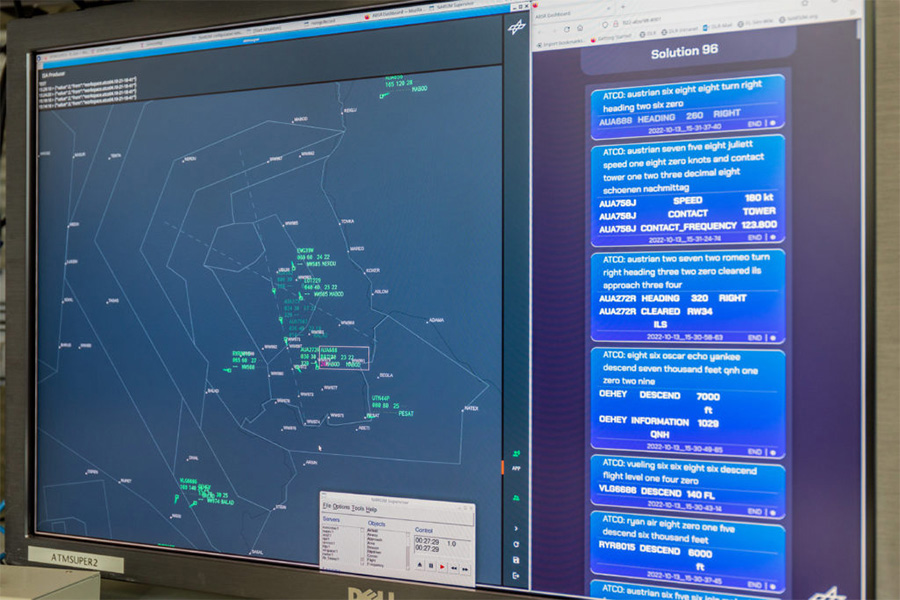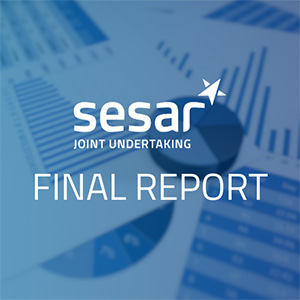Improving ATM efficiency through artificial intelligence
Significant progress has been made in recent years in artificial intelligence (AI) and in particular in machine learning applications like automatic speech recognition (ASR). Thanks to these advances, new technologies are emerging in a variety of domains, including aviation.
Nowadays, instructions from air traffic control (ATC) to pilots are usually given via voice communication. Automatic speech recognition can be used to convert the spoken words into text and extract the relevant information. It therefore offers the means to avoid the manual input of given ATC commands. The MALORCA project is a natural follow-up of the following speech recognition projects:

- AcListant®, which combines ASR with a controller assistance system resulting in an assistant based speech recognizer (ABSR). Command recognition rates of 95% were achieved.
- AcListant®-Strips, based on AcListant® enables greater arrival throughput by reducing controllers’ workolad for manual system input. Tested for Dusseldorf approach, the system allowed up to two more landings per hour.
However, there is a snitch in that these systems require manual adaptation for their deployment in new environments. To overcome this, the project designed a low-cost solution that adapts the speech recognition tools for use at other airports or approach areas. The solution automatically learns local acoustic and semantic patterns and controller models from radar and speech data recordings which are then automatically introduced into the ASR software.
The MALORCA project proposed to overcome the need for significant expert knowledge by employing novel machine learning algorithms that allow a semi-automatic adaptation of the initial basic ABSR system to a target-domain (i.e. Prague and Vienna approach). The algorithms can rely on two independent (i.e. bi-modal) information sources: acoustic information is combined with context knowledge extracted from radar data.
The machine learning approach reduces command recognition error rates of the baseline system from 7.9% to under 0.6% for Prague approach and from 18.9% to 3.2% for Vienna approach.
The performance of the trained ABSR system was successfully evaluated by air traffic controllers in Vienna and Prague in January 2018. The next logical step is to bring the ABSR technology, continuously learning from daily-recorded data, into the ops room.






